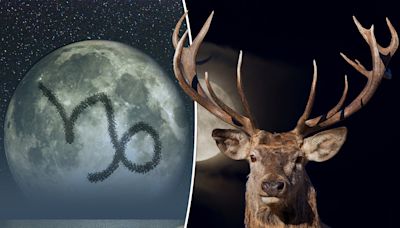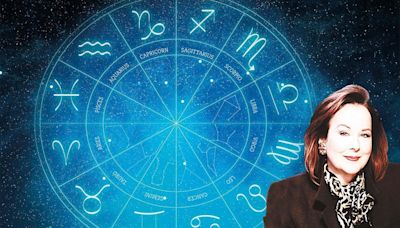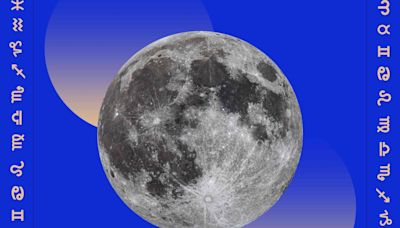Search results
Moon phases for 2024 or any year. New Moon and Full Moon calendar with precise times and simulation of the Moon phase today. When is the next Full Moon?
The next full Moon is on 21 July at 11.17am in the UK. This is sometimes known as a 'Buck Moon'. Check the calendar below to see all the full Moon dates in 2024. Full Moon calendar 2024
Find out when the next full Moon is visible with our full Moon calendar including dates, times and names for each one throughout 2024.
4 days ago · That creates different lunar phases. The next Full Moon in 2024 is at 6:17 a.m. on Sunday, July 21, and is called the Buck Moon. We’ll update this article multiple times each week with the...
Full Moon – the Moonlight Phase. Full Moon is the most striking Moon phase when the entire face of the Moon is lit up. A Full Moon is when the Sun and the Moon are aligned on opposite sides of Earth.
Jun 24, 2024 · Here is a schedule of when each full moon will occur in 2024, various nicknames for each moon, and fun facts about moon phases and lunar eclipses.
Jun 22, 2023 · The Next Full Moon is a Supermoon; the Buck or Thunder Moon; the Hay, Mead, or Rose Moon; Guru Purnima; and Asalha Puja or Dharma Day. The next full Moon will be on Monday morning, July 3, 2023, appearing opposite the Sun in Earth-based longitude at 7:39 AM EDT.
Jun 15, 2019 · Full moon. In this phase, the moon is behind Earth with respect to the sun, and its face is fully illuminated. This is when we can sometimes see lunar eclipses. A crew member on the International...
Oct 14, 2021 · The next full Moon will be on Wednesday morning, Oct. 20, 2021, appearing opposite the Sun (in Earth-based longitude) at 10:57 a.m. EDT. This will be on Wednesday for much of the world but will be on Thursday from Australian Central Standard time eastward to the International Date Line.
3 days ago · A full moon always rises in the east as the sun sets in the west; after shining all night, the full moon then sets in the west as the sun rises in the east. That's because a full moon occurs when ...




